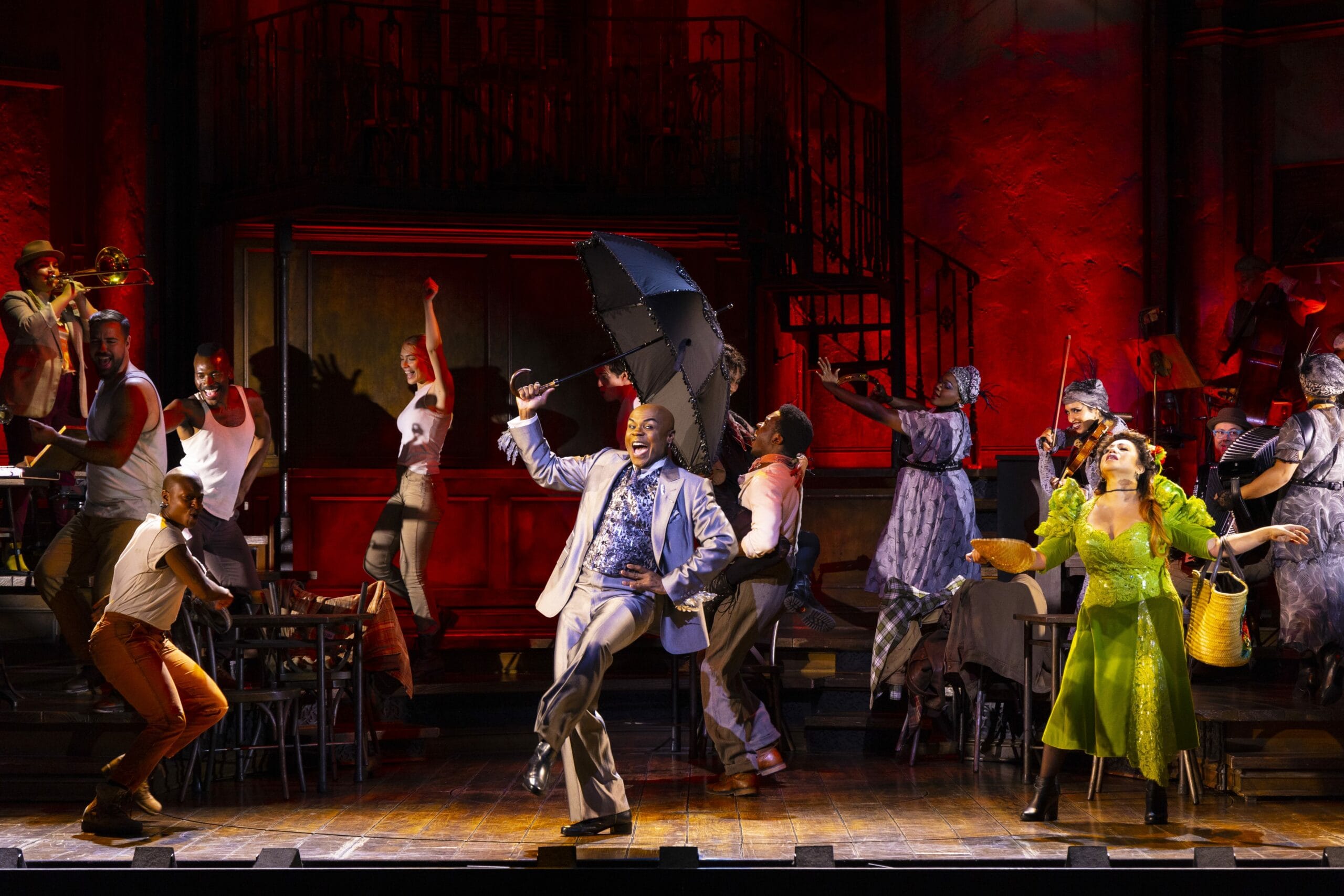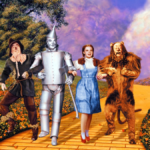Hadestown reimagines the Orpheus and Eurydice myth within a poignant Depression-era setting, exploring themes of love, loss, and the seductive nature of power. The musical contrasts the bleak industrial underworld with the promise of spring, mirroring the struggles between societal pressures and individual desires. Hadestown’s innovative blend of folk, blues, and jazz music elevates the classic myth, creating a haunting and emotionally resonant experience. Through its compelling characters, Hadestown examines the complexities of choice, sacrifice, and the enduring power of hope amidst despair.
A Depression-Era Descent into Myth
Hadestown weaves the ancient Greek myth of Orpheus and Eurydice into the fabric of a world grappling with the Great Depression. Imagine a society riddled with hardship, where survival is a daily struggle. This setting, far from being a mere backdrop, becomes a character in itself, influencing the motivations and choices of everyone within it. Our hero, Orpheus, a young musician armed with his lyre and an unwavering belief in love, navigates this world with a melody on his lips, a stark contrast to the prevailing despair. He is deeply in love with Eurydice, a practical and resilient woman forced to make difficult choices in a world that offers little solace. Their love story unfolds against this bleak backdrop, offering a flicker of hope in a landscape shrouded in shadows. In this reimagined world, the distance a how far can a centerfire bullet travel might represent the lengths one would go for love, a metaphorical journey through challenging terrain.
The Allure of Hadestown
The underworld, ruled by the enigmatic Hades, is not a fiery abyss, but a seductive industrial complex. It hums with the relentless rhythm of machinery, offering the promise of warmth, food, and steady work – a tempting refuge from the harsh realities above. This portrayal of Hadestown as an industrial entity adds layers of meaning to the myth, suggesting that the temptations of security and comfort can be as alluring as any hellfire. Eurydice, driven by her desperation, is drawn to this promise, choosing the perceived safety of Hadestown over the uncertainties of the world above. Her decision underscores a central conflict within the musical: the tension between survival and the pursuit of dreams, of love itself.
The Players of the Underworld
Hadestown is populated by richly drawn characters, each grappling with their own desires and dilemmas. Orpheus, embodies hope and the transformative power of art. Eurydice, facing the stark realities of poverty, represents the difficult choices individuals must make in times of hardship. Hades, the imposing ruler of the underworld, embodies the allure of power and control, offering security at a steep price – the very freedom of his workers. His wife, Persephone, goddess of spring and rebirth, offers a glimpse into the world above, a reminder of the cyclical nature of life, death, and renewal. Hermes, the messenger god, acts as our narrator, offering wry observations and guiding us through this modern myth. The Fates, three enigmatic figures, weave the threads of destiny, while the Workers, the inhabitants of Hadestown, represent the countless individuals trapped in cycles of labor and despair.
A Symphony of Sounds and Themes
The music of Hadestown, a captivating blend of folk, blues, and jazz, amplifies the emotional resonance of the story. It underscores the characters’ hopes, fears, and struggles, creating a sonic landscape as diverse as the story itself. The musical explores themes of love’s enduring power, the struggle against despair, the temptation of power, and the cyclical nature of life. The Depression-era setting invites parallels with contemporary issues of economic hardship, social injustice, and environmental exploitation, suggesting that the struggles faced by the characters are timeless and universal. It’s likely that some viewers may even relate the musical’s themes to modern problems, like the need to learn how to troubleshoot high superheat low subcooling in HVAC systems as a parallel to fixing societal imbalances.
A Journey, Not a Destination
The ending of Hadestown doesn’t offer easy answers. Orpheus’s journey to retrieve Eurydice becomes a testament to the enduring power of love, but it also serves as a cautionary tale about the destructive nature of doubt. The musical’s ambiguous conclusion encourages reflection, inviting the audience to contemplate the complexities of choice, the weight of hope, and the enduring search for redemption. Some interpretations suggest that Orpheus’s failure lies not in his love for Eurydice, but in his inability to fully comprehend the societal forces that drove her to Hadestown. Others might view it as a reflection of the inherent fragility of hope in the face of overwhelming adversity. There is no single, definitive interpretation, and the ongoing discussion about the musical’s meaning only adds to its richness and complexity.
The Enduring Power of Hadestown
Hadestown’s unique blend of ancient myth, modern setting, and evocative music creates a truly unforgettable theatrical experience. The musical doesn’t just tell a story; it invites us to engage with timeless themes that resonate through human history. It’s a powerful exploration of love, loss, and the human condition, reminding us that even in the darkest of times, hope, like a delicate flower, can still find a way to bloom. The ongoing discussions surrounding its interpretations ensure that Hadestown remains a vibrant and relevant work of art, prompting continued exploration and debate.












